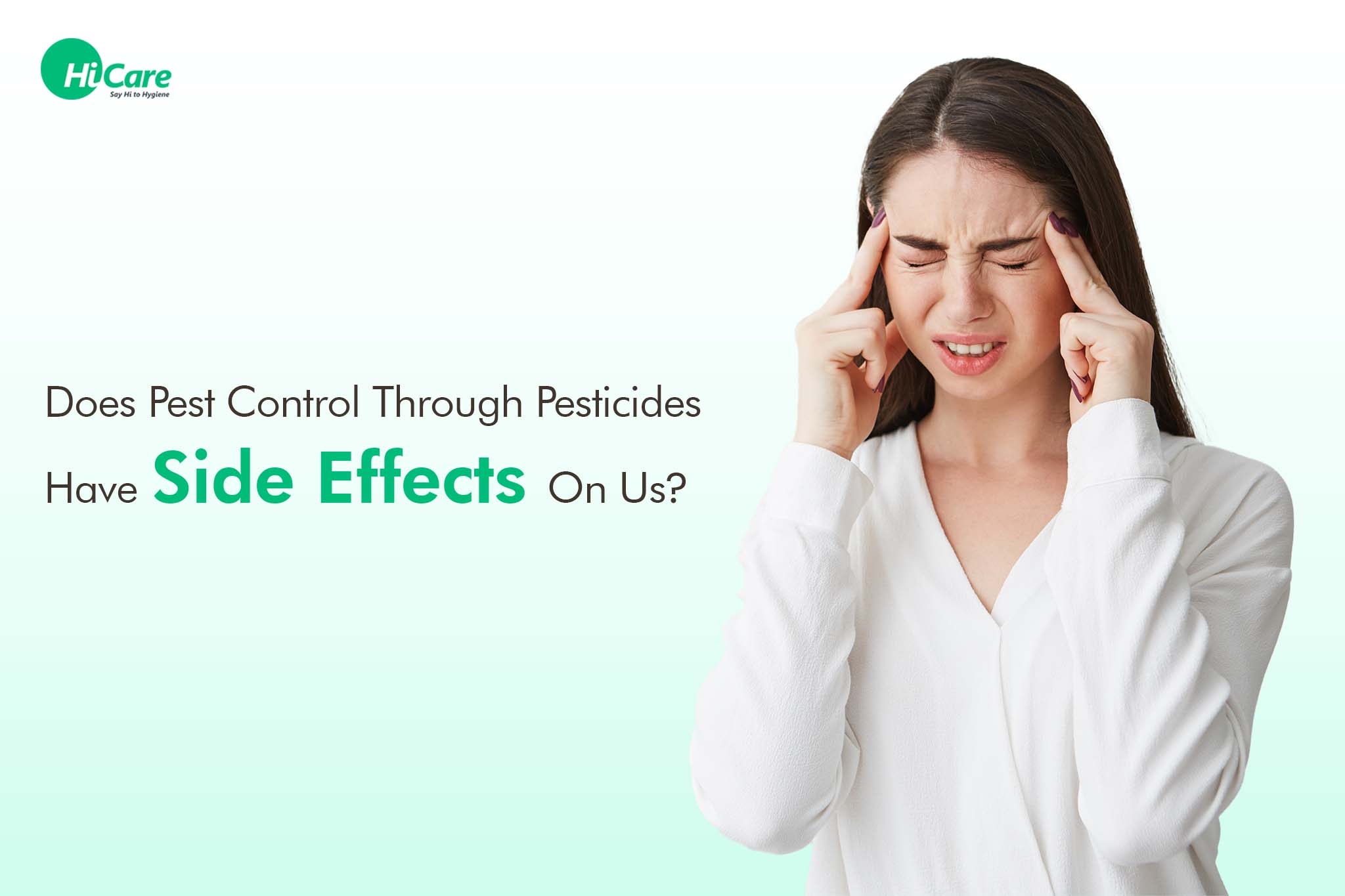8 Easy Facts About Eco Bed Bug Exterminators Dc Explained
8 Easy Facts About Eco Bed Bug Exterminators Dc Explained
Blog Article
The Ultimate Guide To Eco Bed Bug Exterminators Dc
Table of ContentsThe Greatest Guide To Eco Bed Bug Exterminators DcThe Only Guide to Eco Bed Bug Exterminators DcEco Bed Bug Exterminators Dc Can Be Fun For AnyoneEco Bed Bug Exterminators Dc for DummiesThe Eco Bed Bug Exterminators Dc Ideas
Because pesticides are toxic, they are likewise possibly unsafe to people, pets, other organisms, and the environment. For that reason, people who use pesticides or on a regular basis can be found in call with them have to comprehend the family member toxicity, prospective wellness effects, and preventative steps to minimize direct exposure to the products they use. Hazard, or threat, of making use of chemicals is the capacity for injury, or the degree of threat included in using a chemical under a provided set of conditions.
Applicators can lessen or nearly eliminate exposure-- and thus lower danger-- by adhering to the tag directions, making use of individual protective clothing and devices (PPE), and dealing with the chemical appropriately. For example, greater than 95 percent of all pesticide exposures originate from dermal direct exposure, mostly to the hands and forearms. By using a pair of unlined, chemical-resistant gloves, this kind of direct exposure can be nearly removed.
The dangerous impacts that occur from a single exposure by any kind of route of access are called "intense effects." The 4 routes of exposure are dermal (skin), breathing (lungs), oral (mouth), and the eyes. Intense toxicity is established by checking out the dermal toxicity, inhalation poisoning, and dental toxicity of test pets.
Eco Bed Bug Exterminators Dc Fundamentals Explained
Severe poisoning is determined as the amount or concentration of a toxicant-- the a.i.-- needed to kill 50 percent of the pets in an examination populace. This procedure is generally expressed as the LD50 (lethal dose 50) or the LC50 (dangerous concentration 50). Furthermore, the LD50 and LC50 values are based upon a solitary dose and are videotaped in milligrams of chemical per kilo of body weight (mg/kg) of the guinea pig or in parts per million (ppm).
The lower the LD50 or LC50 value of a pesticide item, the better its poisoning to human beings and animals. Pesticides with a high LD50 are the least hazardous to humans if made use of according to the instructions on the product label. The chronic toxicity of a chemical is figured out by subjecting test pets to long-term direct exposure to the energetic component.
The persistent toxicity of a pesticide is more difficult than intense poisoning to figure out via lab analysis. Products are classified on the basis of their relative intense toxicity (their LD50 or LC50 values). Chemicals that are categorized as highly poisonous (Poisoning Classification I) on the basis of either oral, dermal, or breathing toxicity must have the signal words risk and POISON published in red with a skull and crossbones symbol prominently showed on the front panel of the bundle label.
The acute (solitary dose) oral LD50 for chemical products in this team ranges from a trace total up to 50 mg/kg. Direct exposure of a couple of declines of a material taken by mouth could be deadly to a 150-pound individual. https://penzu.com/p/d6e0d2d8c831e4de. Some chemical items have just the signal word risk, which tells you nothing about the intense poisoning, just that the item can trigger extreme eye damage or extreme skin inflammation
Get This Report on Eco Bed Bug Exterminators Dc
In this classification, the intense oral LD50 arrays from 50 to 500 mg/kg. A teaspoon to an ounce of this product could be fatal to a 150-pound individual (exterminator near me). Chemical products categorized as either somewhat harmful or reasonably safe (Toxicity Categories III and IV) are needed to have the signal word care on the chemical label

The Definitive Guide for Eco Bed Bug Exterminators Dc
All pesticide toxicity chemicalPoisoning worths the Consisting of, can be found on located product's Item Safety Product Safety and security (MSDS). Pesticide labels and MSDS can be gotten from retailers or produces. On top of that, many products additionally have information that can be found bed bug exterminator on the net. The signs and symptoms of chemical poisoning can vary from a light skin irritation to coma and even fatality.
Since of potential health concerns, chemical individuals and trainers should recognize the usual indications and symptoms of pesticide poisoning. The results, or signs, of chemical poisoning can be broadly specified as either topical or systemic.
Not known Details About Eco Bed Bug Exterminators Dc
Dermatitis, or swelling of the skin, is approved as the most generally reported topical effect connected with pesticide exposure. Some individuals tend to cough, wheeze, or sneeze when exposed to pesticide sprays.
This sign normally subsides within a couple of minutes after an individual is removed from the direct exposure to the irritant. Nevertheless, a reaction to a chemical product that triggers somebody not just to sneeze and cough yet additionally to create severe acute respiratory system signs and symptoms is most likely to be a real hypersensitivity or sensitive response.
Systemic results are rather various from topical impacts. They frequently happen away from the initial factor of contact as a result of the pesticide being taken in into and dispersed throughout the body. Systemic impacts typically include nausea or vomiting, throwing up, exhaustion, headache, and intestinal conditions. In sophisticated poisoning instances, the individual might experience modifications in heart rate, problem breathing, convulsions, and coma, which could result in death.
Report this page